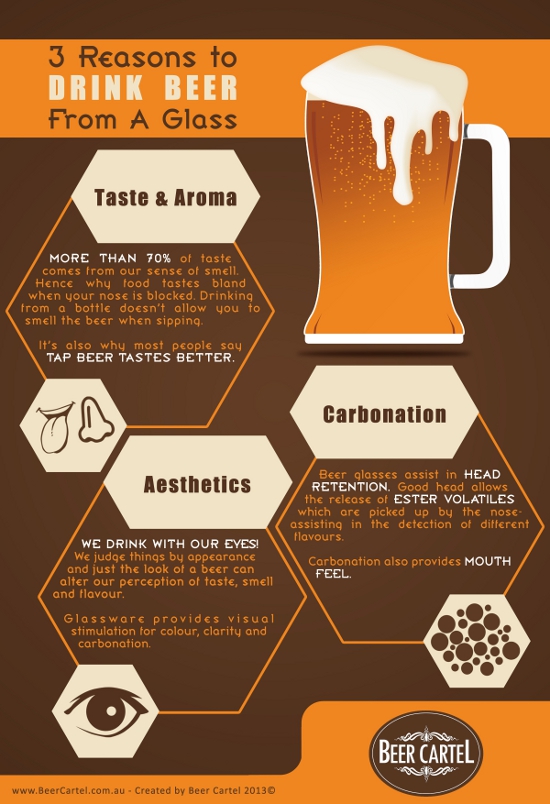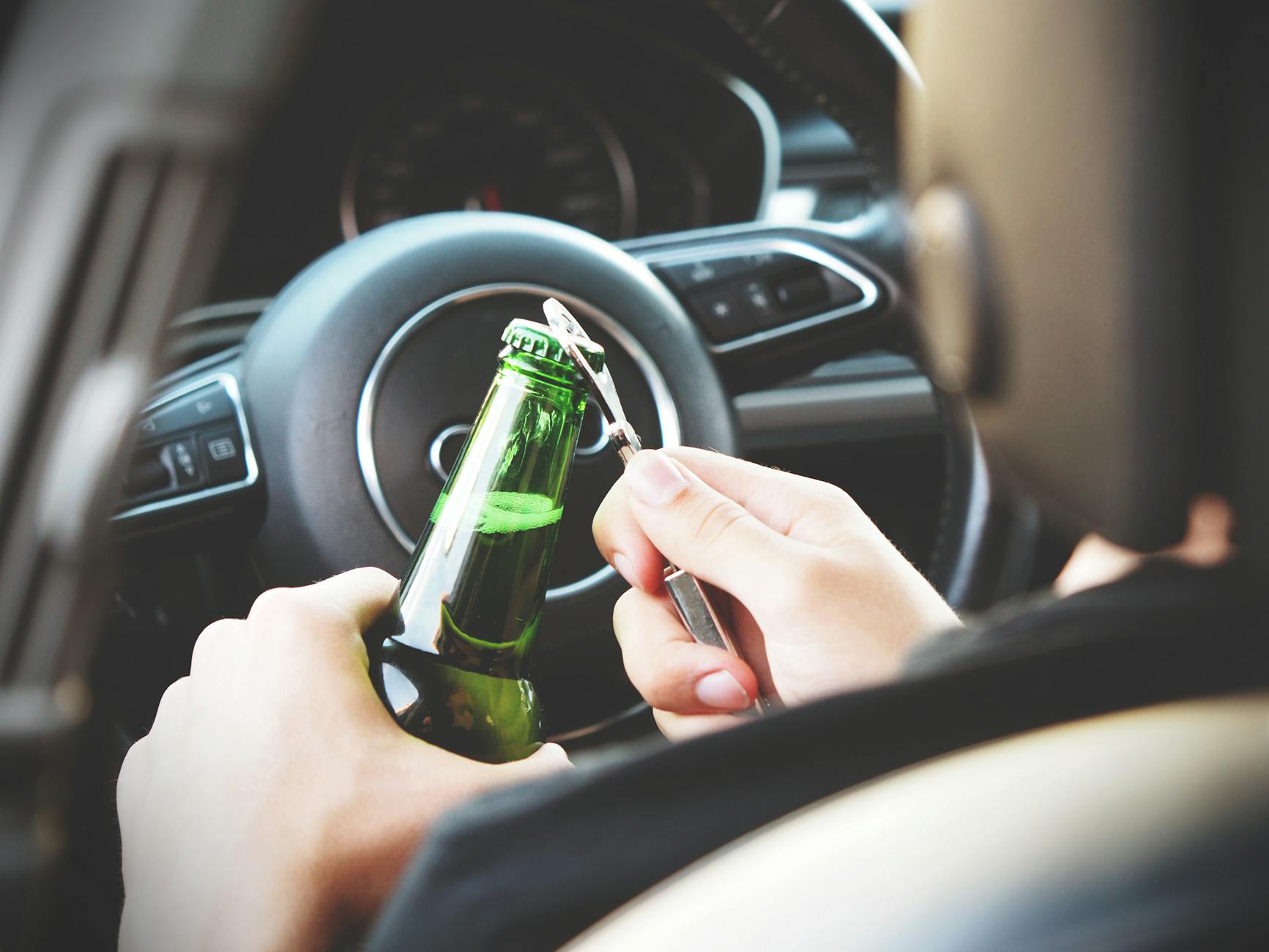Uncover the mystery of how many beers it really takes to feel the buzz and tips to manage your alcohol intake.
Table of Contents
Are you someone who has ever pondered the age-old question: How many beers does it take to get drunk? You’re not alone. Understanding the science behind alcohol metabolism, individual tolerance levels, and the various factors that can influence intoxication is a complex and intriguing topic. In this blog post, we’ll dive deep into the world of alcohol consumption and explore the answer to this burning question.
Factors Influencing Intoxication Levels
When it comes to the effects of alcohol on the body, the old adage of “know your limits” rings true. There are a myriad of factors that can influence how quickly and strongly alcohol affects an individual. Weight, gender, age, metabolism, food consumption, and drinking habits all play a role in determining a person’s tolerance to alcohol.
Weight, for example, can impact how alcohol is distributed in the body. Those with a higher body weight may be able to consume more alcohol before feeling intoxicated due to a larger volume of distribution. Gender also plays a role, as women tend to have a higher percentage of body fat and lower water content, leading to a quicker absorption of alcohol. Age can also be a factor, as older individuals may have a slower metabolism and decreased tolerance to alcohol.
Metabolism is another key factor in alcohol tolerance. Those with a faster metabolism may process alcohol more quickly, leading to a lower BAC and decreased intoxication levels. Food consumption can also impact how alcohol affects the body, as consuming alcohol on an empty stomach can lead to quicker absorption and higher BAC levels.
Alcohol Metabolism and Blood Alcohol Concentration (BAC)
Understanding how alcohol is metabolized in the body is crucial to understanding intoxication levels. When alcohol is consumed, it is absorbed into the bloodstream and metabolized by the liver. Alcohol is converted into acetaldehyde, a toxic byproduct, and eventually eliminated from the body.
Blood Alcohol Concentration (BAC) is a measure of the amount of alcohol in the bloodstream and correlates with intoxication levels. BAC is typically measured in a percentage format, with legal limits varying by country. Higher BAC levels can lead to impaired judgment, coordination, and motor skills.
Calculating BAC involves factors such as the amount of alcohol consumed, body weight, and time elapsed since drinking. Different types of alcoholic beverages have varying alcohol content, with standard drink sizes used as a reference point for estimating BAC levels.
How Many Beers Does it Take to Get Drunk?
The age-old question of how many beers it takes to get drunk is a complex one. Differentiating between standard drink sizes and alcohol content in various types of beer is essential in determining intoxication levels. Factors such as the alcohol by volume (ABV) of the beer and the individual’s metabolism and tolerance all play a role in how quickly and strongly alcohol affects the body.

Image courtesy of www.beercartel.com.au via Google Images
While there are general guidelines for estimating how many beers it may take to reach a certain BAC level, it’s important to note that individual tolerance levels can vary greatly. Responsible drinking practices, such as pacing oneself, drinking water between alcoholic beverages, and knowing your limits, are key in ensuring a safe and enjoyable drinking experience.
Conclusion
In conclusion, the answer to the question of how many beers it takes to get drunk is not a simple one. Understanding the science behind alcohol metabolism, individual tolerance levels, and the various factors that can influence intoxication is crucial in determining one’s limits. By being aware of these factors and practicing moderation and responsible drinking, individuals can enjoy alcohol in a safe and enjoyable manner.
So, the next time you find yourself reaching for that cold beer, remember to drink responsibly and know your limits. Bottoms up!
FAQ
How does body weight affect alcohol tolerance?
Answer 1: Body weight can impact alcohol tolerance as those with higher body weight may be able to consume more before feeling intoxicated due to a larger volume of distribution.
What role does metabolism play in alcohol tolerance?
Answer 2: Metabolism affects alcohol tolerance, with faster metabolisms processing alcohol more quickly, leading to lower BAC levels and decreased intoxication.
How does food consumption impact alcohol absorption?
Answer 3: Consuming alcohol on an empty stomach can lead to quicker absorption and higher BAC levels, intensifying the effects of alcohol on the body.
How can knowing your limits help in responsible drinking?
Answer 4: Understanding your alcohol tolerance levels and pacing yourself while drinking can assist in preventing over-intoxication and promoting safe and enjoyable drinking experiences.
Generated by Texta.ai Blog Automation


Leave a Reply